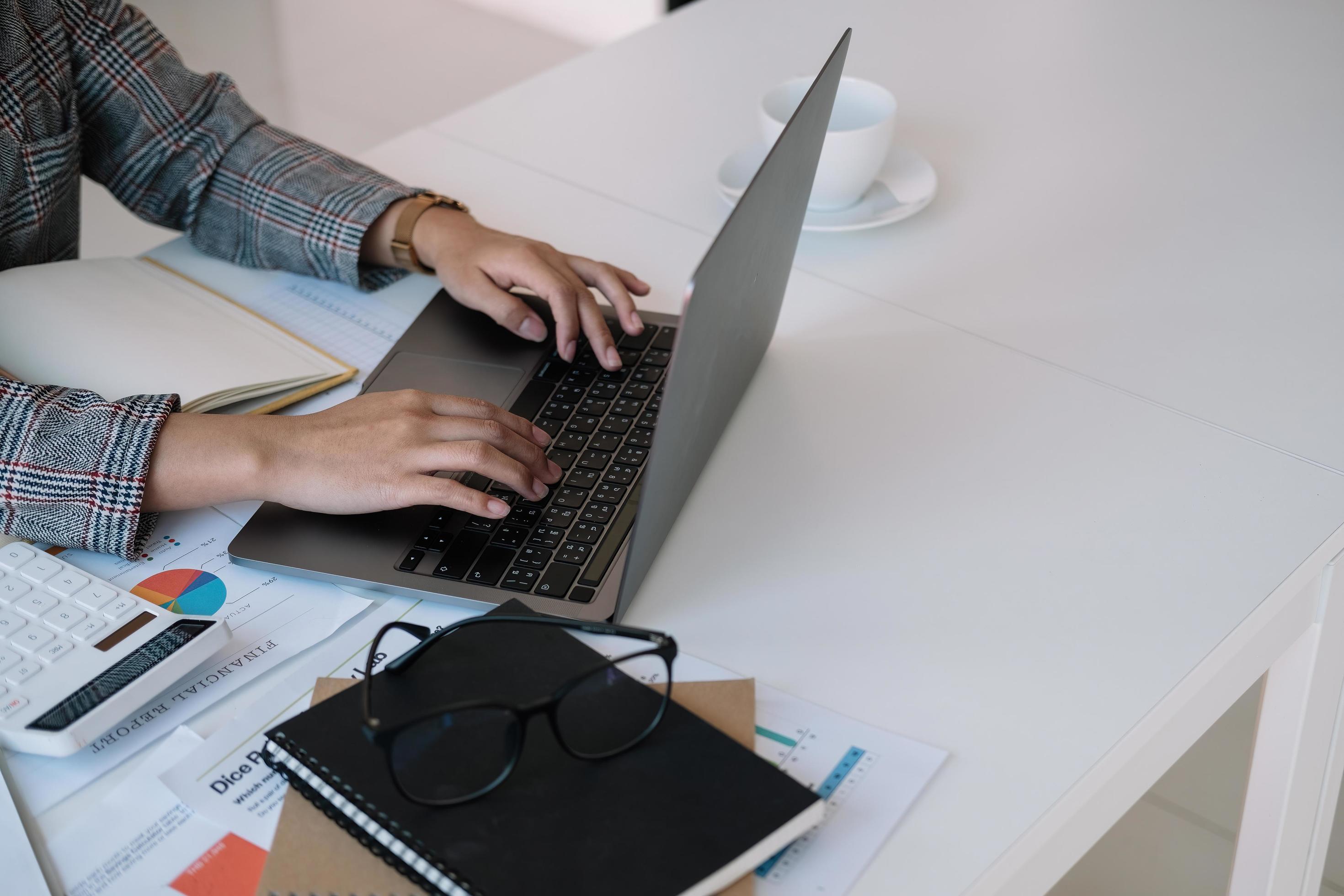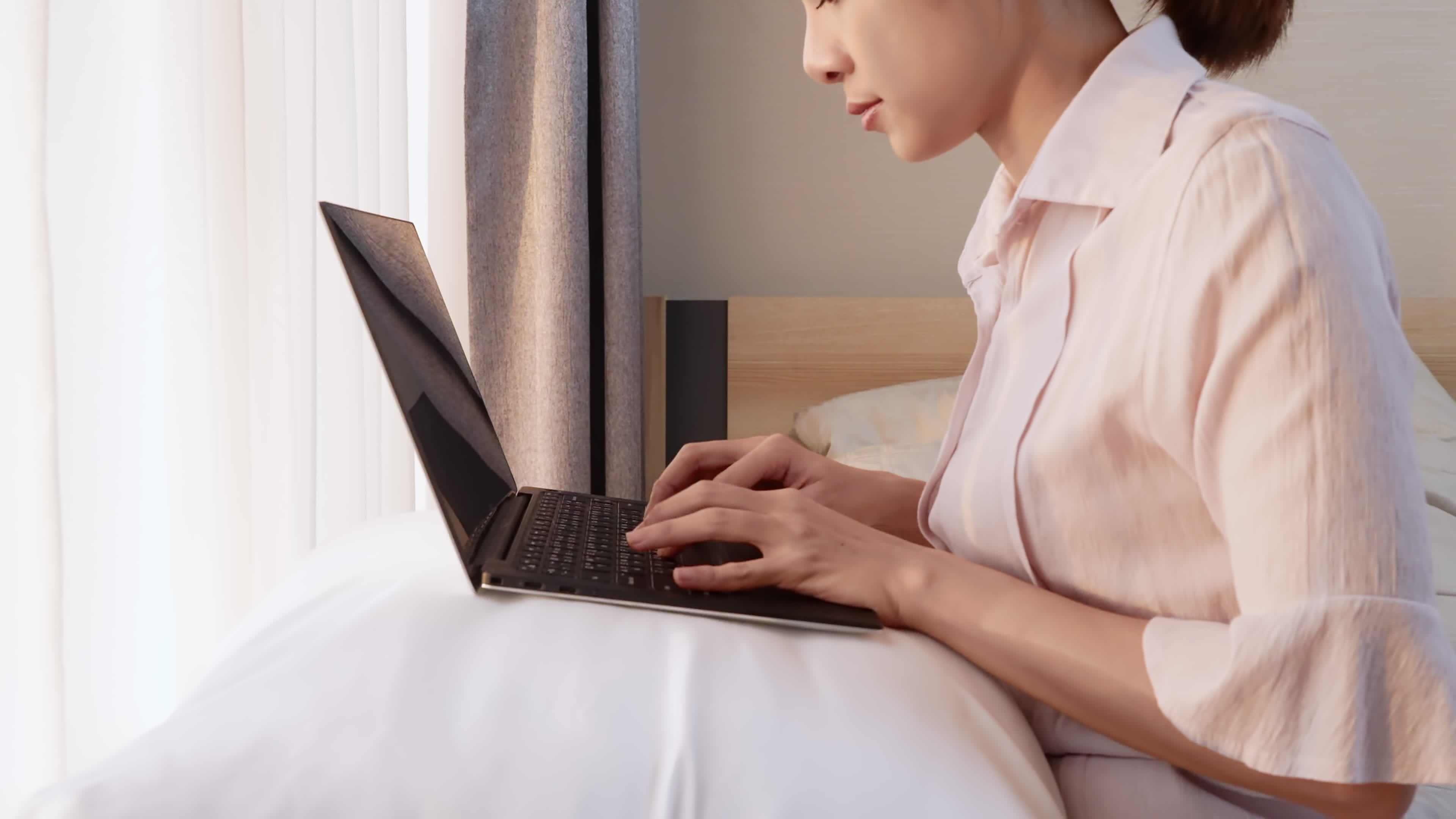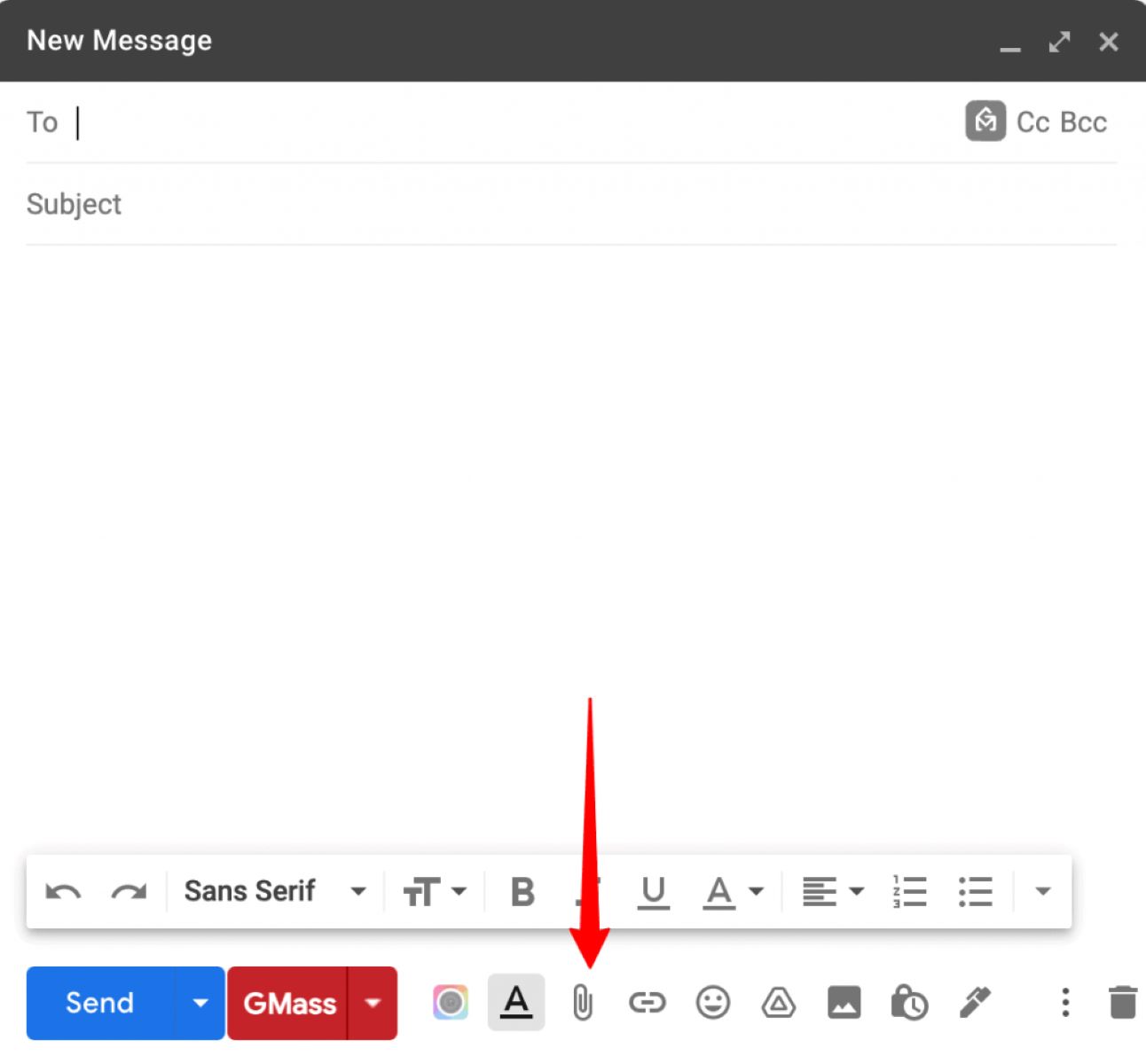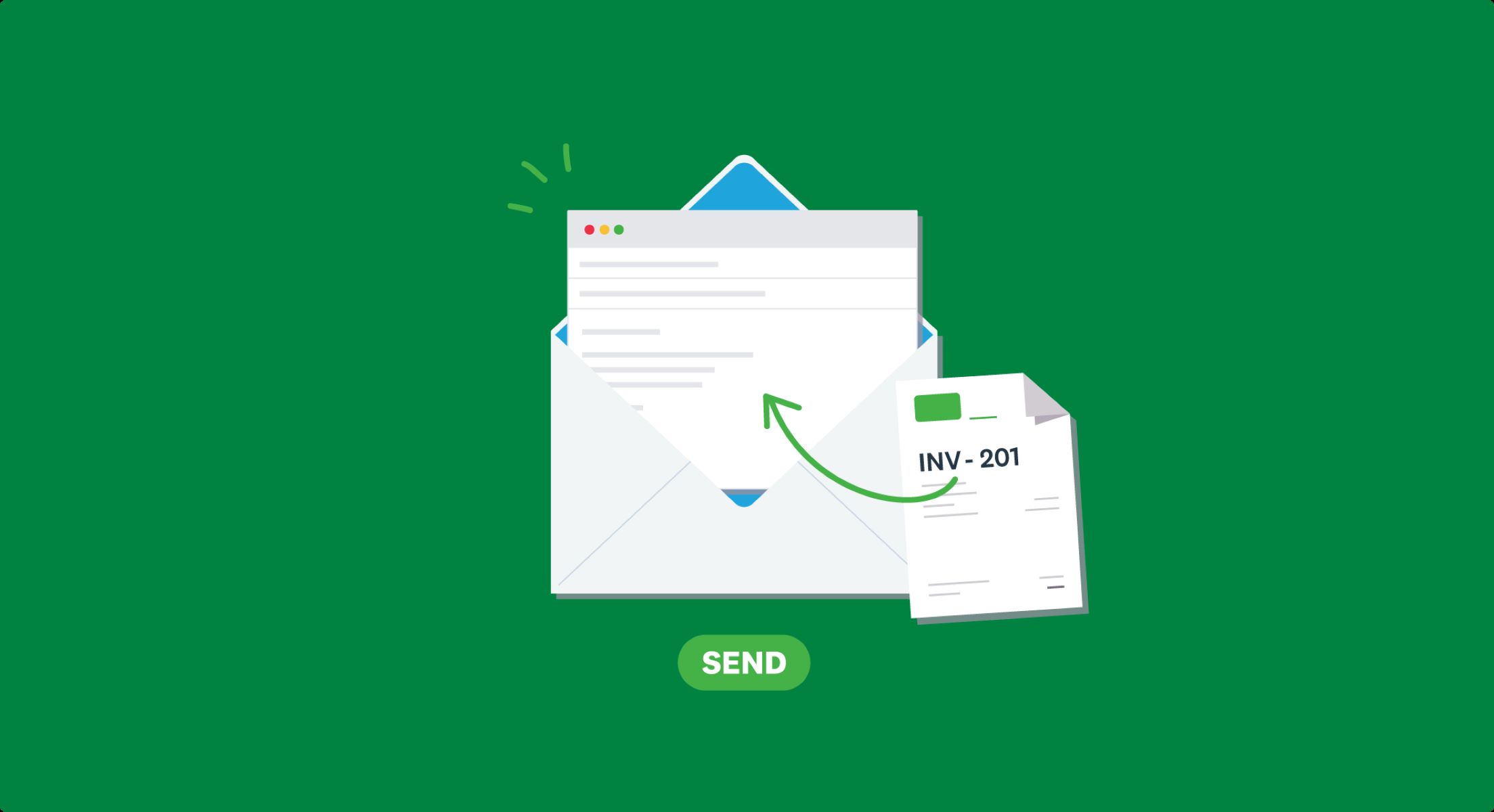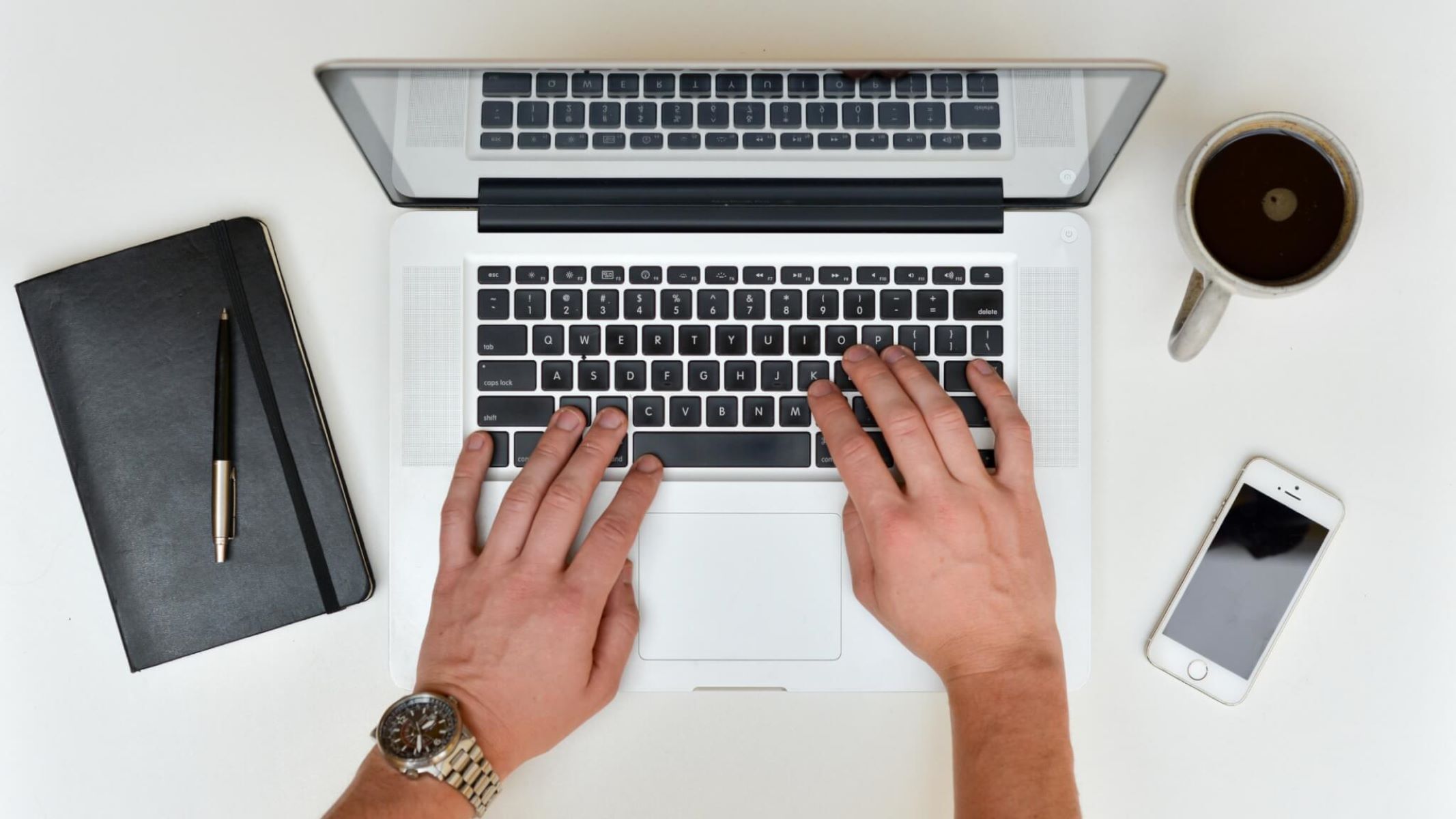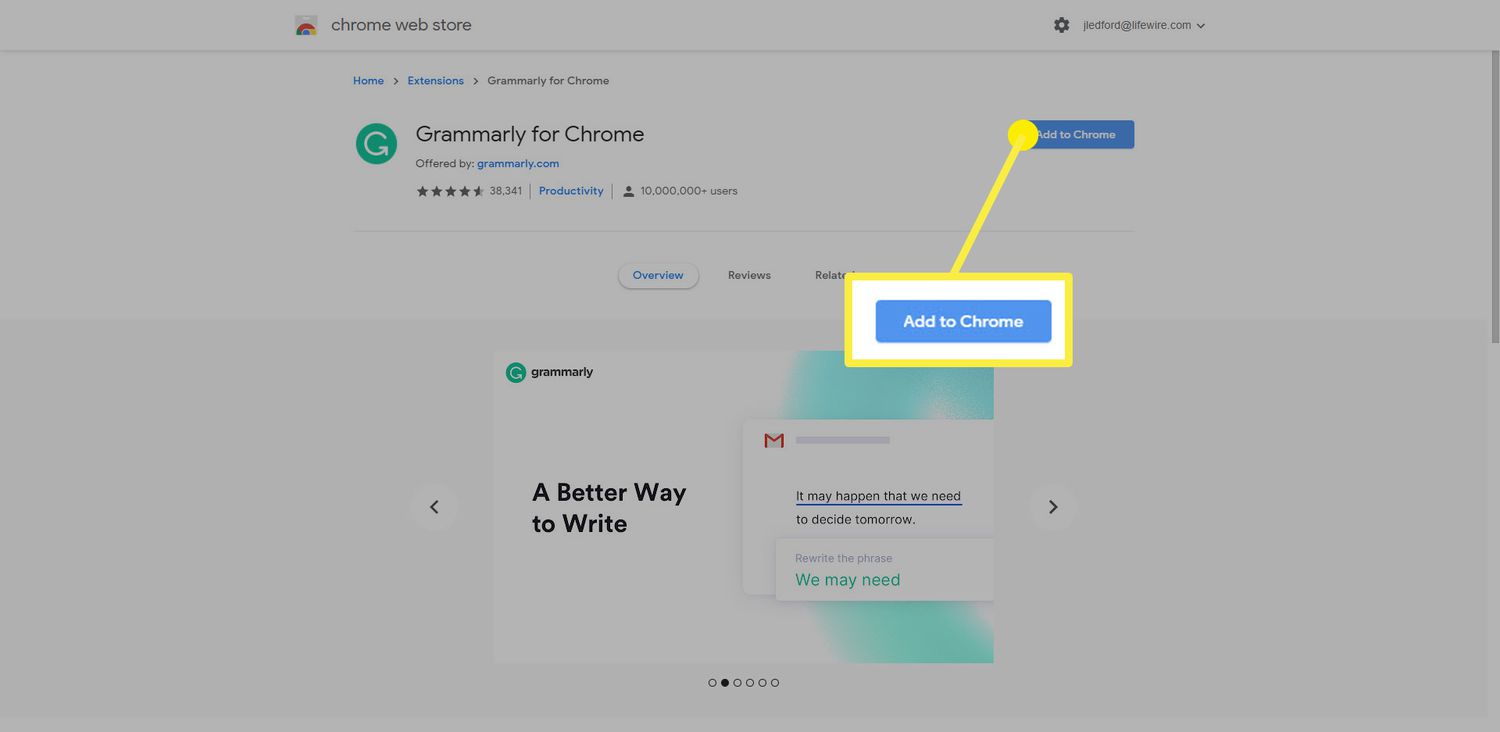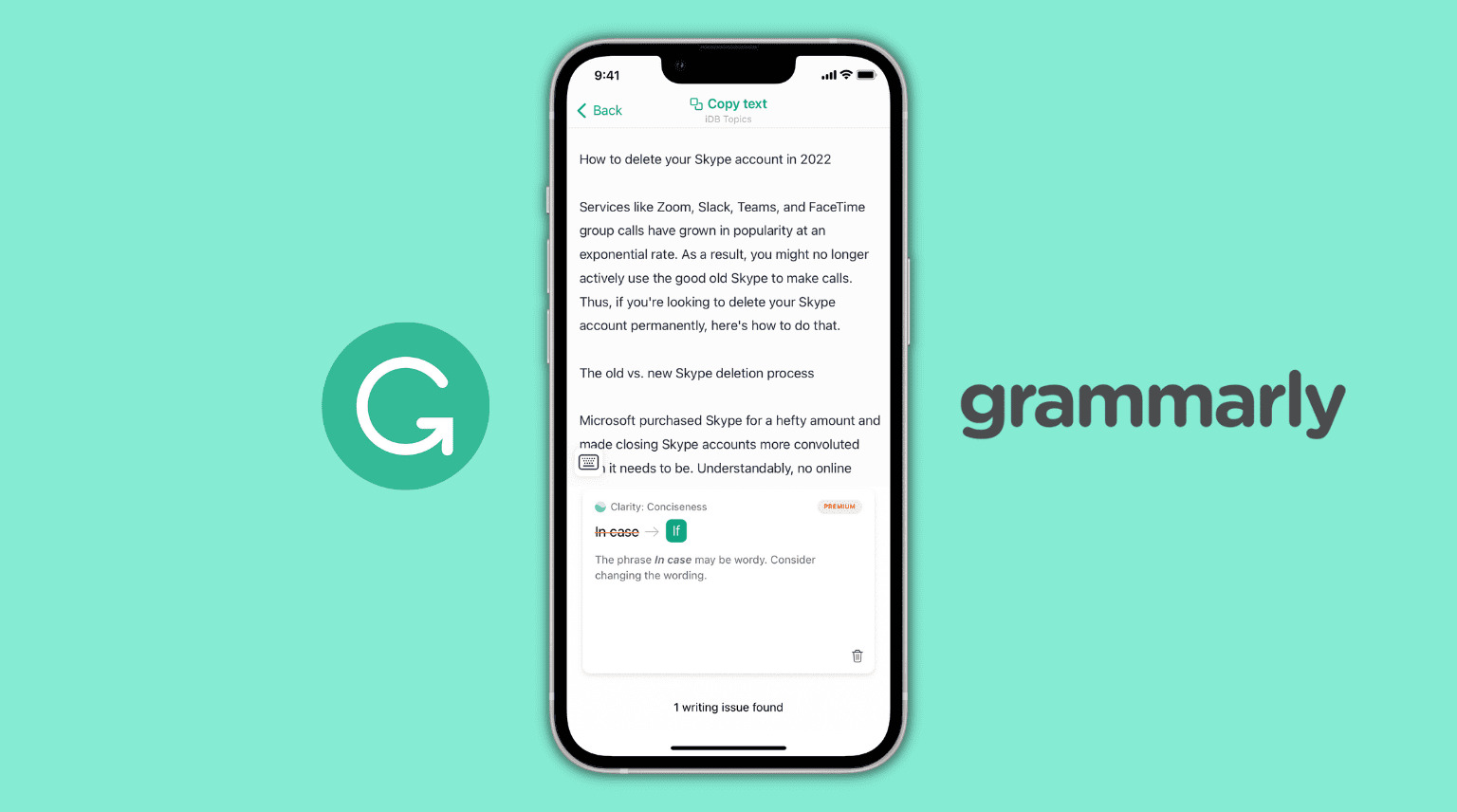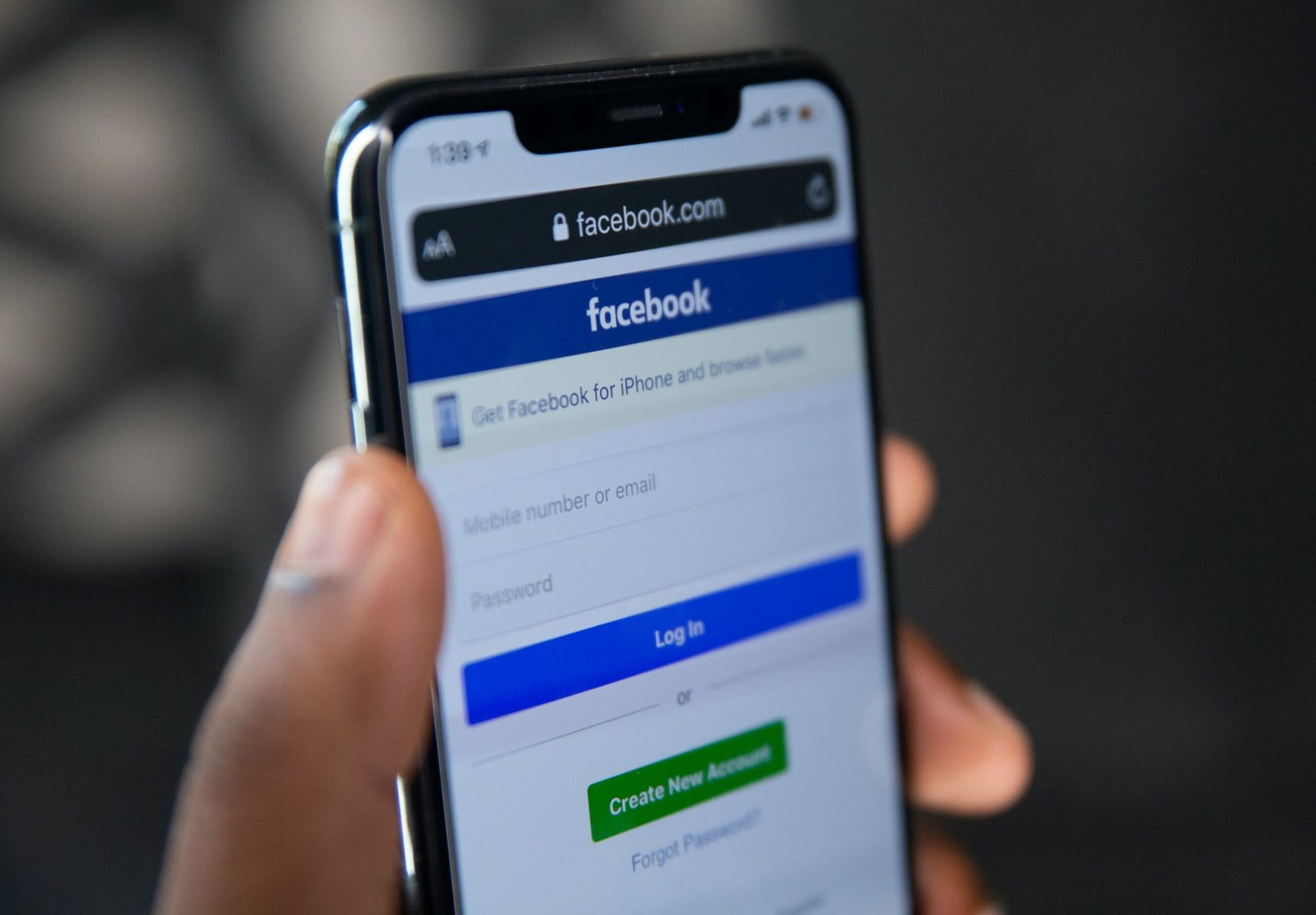Introduction
Writing a follow-up email can be a powerful tool in your communication arsenal, allowing you to maintain connections, build relationships, and increase your chances of getting a response. Whether you’re following up with a potential client, a job prospect, or someone you met at a networking event, a well-crafted follow-up email can make a lasting impression.
Follow-up emails serve as a reminder to the recipient, keeping your previous conversation fresh in their mind and showing them that you value their time and attention. They can also provide an opportunity to provide additional information, clarify any misunderstandings, or nudge the recipient to take action.
However, writing an effective follow-up email is not as simple as sending a quick note. To truly make an impact, you need to be strategic and thoughtful in your approach. In this article, we will explore some tips and best practices for writing an effective follow-up email that will increase your chances of receiving a positive response.
Why Writing a Follow Up Email is Important
Following up with an email after a previous interaction is crucial for several reasons. First and foremost, it demonstrates your professionalism and persistence. It shows that you are proactive and committed to maintaining a connection, whether it’s with a potential client or a professional contact.
A follow-up email also serves as a gentle reminder. People are busy, and their inboxes are often overflowing with messages. Your initial email might have gotten lost or overlooked. By sending a follow-up, you increase the chances of your message being seen and considered.
Moreover, a well-crafted follow-up email can provide an opportunity for you to showcase your value and keep the conversation going. It gives you a chance to provide additional information, clarify any points of confusion, or address any concerns raised during the initial interaction.
Additionally, sending a follow-up email is an excellent way to build relationships and demonstrate your commitment to communication. It shows that you are invested in the connection and willing to put in the effort to nurture it. This can leave a positive impression and increase the likelihood of future collaborations or opportunities.
Furthermore, a follow-up email can be an effective way to prompt action. Whether you’re waiting for a response, a decision, or a specific outcome, gently reminding the recipient through a follow-up can help move the process forward.
In summary, writing a follow-up email is important for several reasons. It demonstrates professionalism, increases the chances of your message being seen, provides an opportunity to showcase your value, builds relationships, and prompts action. By taking the time to craft a well-thought-out follow-up email, you can significantly improve your chances of achieving your desired outcome.
Tips for Writing an Effective Follow Up Email
Crafting an effective follow-up email requires careful consideration and attention to detail. Here are some tips to help you write a compelling and impactful follow-up email:
- Be timely: Send your follow-up email within a reasonable timeframe, ideally within 24 to 48 hours after the initial interaction. This shows your promptness and dedication.
- Personalize your email: Address the recipient by their name and refer to the previous interaction to make the email more personalized and engaging. This helps to establish a connection.
- Keep it concise: Be clear and to the point. Keep your email concise and avoid unnecessary details or rambling. Busy professionals appreciate emails that get straight to the point.
- Use a professional tone: Maintain a professional and courteous tone throughout your email. Avoid using informal language or colloquialisms that might come across as unprofessional.
- Show appreciation: Express gratitude for the recipient’s time and attention. Thank them for their previous interaction and any assistance they may have provided.
- Highlight the purpose: Clearly state the objective of your follow-up email. Whether you’re seeking a response, requesting additional information, or scheduling a meeting, make your intention clear.
- Include a call to action: Clearly communicate what action you would like the recipient to take. Whether it’s replying to your email, setting up a meeting, or providing feedback, make it easy for them to know what you expect.
- Proofread for errors: Take the time to proofread your email for any grammatical or spelling mistakes. A well-written and error-free email shows attention to detail and professionalism.
- Follow up if necessary: If you don’t receive a response within a reasonable timeframe, it’s acceptable to send a polite follow-up to ensure your message was received. However, be mindful not to be too pushy or impatient.
By following these tips, you can create a compelling and effective follow-up email that captures the recipient’s attention and increases the chances of a desirable outcome.
Step 1: Start with a Polite Greeting
The first step in writing an effective follow-up email is to begin with a polite greeting. Your greeting sets the tone for the rest of the email and shows respect to the recipient. Here are some tips to help you start your follow-up email on the right note:
- Address the recipient by name: Use the recipient’s name in your greeting to personalize the email. This shows that you value the individual and establishes a sense of connection.
- Use a appropriate salutation: Begin your email with a professional greeting such as “Dear [Recipient’s Name]” or “Hello [Recipient’s Name].” This adds a level of formality to your email and demonstrates your professionalism.
- Show enthusiasm: Express your enthusiasm and appreciation in your greeting. For example, you could say, “I hope this email finds you well” or “I hope you’ve been having a productive week.” This positive tone sets a friendly and engaging atmosphere.
- Be mindful of cultural differences: If you are emailing someone from a different culture, it’s important to research and understand their cultural norms regarding greetings. Use appropriate titles and formats based on their cultural practices.
- Avoid generic greetings: Try to avoid using generic and overused greetings such as “To Whom It May Concern” or “Dear Sir/Madam.” These greetings lack personalization and may come across as impersonal or lazy.
Starting your follow-up email with a polite greeting shows professionalism, respect, and sets a positive tone for the rest of the email. By taking the time to address the recipient by name and using appropriate salutations, you can make a strong first impression and increase the likelihood of a favorable response.
Step 2: Remind the Recipient of the Previous Interaction
In your follow-up email, it’s essential to remind the recipient of the previous interaction you had with them. This helps to jog their memory and establish continuity in your communication. Here are some tips for effectively reminding the recipient of the previous interaction:
- Reference the specific interaction: Be specific when referencing the previous interaction. Mention the event, meeting, conversation, or any other relevant details that will help the recipient recall the context of your email.
- Refresh the recipient’s memory: Provide a brief summary or recap of the key points discussed during the previous interaction. This helps to refresh the recipient’s memory and ensures they are on the same page as you.
- Highlight any action items: If there were any action items or follow-up tasks discussed during the previous interaction, remind the recipient of those tasks. This demonstrates your attention to detail and commitment to follow through.
- Show appreciation: Express gratitude for the recipient’s time and engagement during the previous interaction. Acknowledge any valuable insights or contributions they may have made. This shows that you value their input and strengthens the connection.
- Keep it concise: While it’s important to remind the recipient of the previous interaction, be mindful of keeping this section concise. Avoid going into too much detail and focus on the essential aspects that need to be refreshed.
By reminding the recipient of the previous interaction, you establish a connection and demonstrate that you have been paying attention. This increases the chances of your follow-up email being recognized and remembered. It also signals that you are committed and proactive in continuing the conversation.
Step 3: Recap Relevant Information
Recapping relevant information in your follow-up email is crucial to ensure clarity and avoid any misunderstandings. By summarizing the key points discussed or shared during the previous interaction, you help the recipient understand the context and purpose of your email. Here are some tips for effectively recapping relevant information:
- Focus on key details: Identify the most important information from the previous interaction that needs to be reiterated. This may include dates, deadlines, specific requests, or any other pertinent details.
- Organize the information: Present the information in a clear and organized manner. You can use bullet points or numbered lists to make it easier for the recipient to follow along and digest the information.
- Be concise: Keep your recap concise and avoid unnecessary repetition. Stick to the main points without delving into excessive details or getting sidetracked.
- Provide context if needed: If there are any specific reasons why the information is important or how it ties into the recipient’s needs or goals, provide a brief explanation. This helps the recipient understand the relevance and significance of the information.
- Highlight any updates or changes: If there have been any updates or changes since the previous interaction, make sure to mention them in your recap. This ensures that the recipient is up to date and aware of any new developments.
Recapping relevant information demonstrates your attention to detail, ensures everyone is on the same page, and minimizes the risk of miscommunication. By providing a clear and concise summary of the important details, you make it easier for the recipient to understand the purpose and context of your follow-up email.
Step 4: State Your Purpose Clearly
One of the most critical aspects of writing an effective follow-up email is clearly stating your purpose. You want to ensure that the recipient understands why you are reaching out and what you hope to achieve through your email. Here are some tips for stating your purpose clearly:
- Be direct and specific: Clearly and concisely express the purpose of your follow-up email. Whether it’s to seek a response, request further information, schedule a meeting, or any other objective, state it explicitly.
- Avoid ambiguity: Use clear and precise language to avoid any confusion or misunderstanding about your intentions. Ambiguous or vague statements may lead to a lack of clarity or uncertainty on the recipient’s part.
- Keep it focused: Stick to your main purpose and avoid deviating into unrelated topics. Tangents can confuse the recipient and dilute the impact of your message. Stay on track and prioritize the main reason for your email.
- Use strong and action-oriented language: Use words and phrases that convey a sense of urgency or importance. For example, instead of saying, “I would like to discuss,” say, “I need your input on” or “I request your assistance with.”
- Consider the recipient’s perspective: Put yourself in the recipient’s shoes and think about why they would be interested in your email. Frame your purpose in a way that shows the potential benefits for them, making it more compelling and relevant.
- Be honest and transparent: Avoid using manipulative or deceptive language to entice the recipient. Be straightforward and honest about your purpose, building trust and credibility in your communication.
- Create a sense of urgency if appropriate: If your purpose requires a timely response or action, communicate this effectively. Use language that conveys urgency, such as mentioning deadlines or time-sensitive considerations.
By stating your purpose clearly, you leave no room for confusion or misinterpretation. It ensures that the recipient understands exactly what you are seeking or aiming to achieve through your follow-up email, increasing the chances of a positive response or desired outcome.
Step 5: Include a Call to Action
Including a clear and compelling call to action in your follow-up email is crucial to prompt the recipient to take the desired action. Whether it’s responding to your email, scheduling a meeting, providing feedback, or any other response you’re seeking, a well-crafted call to action can increase your chances of getting the desired response. Here are some tips for including a strong call to action:
- Be explicit: Clearly state what action you want the recipient to take. Use direct language and specific instructions to make it easy for them to understand and follow through.
- Use action verbs: Incorporate strong action verbs to convey a sense of urgency and motivation. Words like “reply,” “schedule,” “confirm,” or “review” can encourage the recipient to take action.
- Keep it concise: Your call to action should be clear and concise, avoiding any unnecessary background information or excessive wording. Make it easy for the recipient to comprehend and respond promptly.
- Provide a reason: If appropriate, provide a compelling reason for the recipient to take action. Explain the benefits or value they will gain by complying with your request, making it more enticing for them to act.
- Create a sense of urgency: If time is of the essence or there is a deadline associated with your request, convey a sense of urgency. Let the recipient know that a prompt response or action is necessary.
- Offer alternative options: If there are multiple ways for the recipient to respond or take action, provide alternative options. This allows them to choose the method that is most convenient for them, increasing the likelihood of a response.
- Use a polite and professional tone: Even when asking for specific actions, maintain a polite and professional tone. Politeness goes a long way in encouraging cooperation and fostering a positive impression.
Including a strong call to action ensures that your follow-up email serves its purpose and prompts the recipient to take the desired action. By providing clear instructions, using persuasive language, and creating a sense of urgency, you enhance the effectiveness of your follow-up communication.
Step 6: Express Gratitude
Expressing gratitude in your follow-up email is an effective way to show appreciation and leave a positive impression on the recipient. It demonstrates your professionalism, acknowledges their time and efforts, and helps to strengthen the connection between you. Here are some tips for expressing gratitude in your follow-up email:
- Show genuine appreciation: Express your gratitude sincerely and genuinely. Be specific about what you appreciate, such as their insights, advice, time, or any other contributions they made during the previous interaction.
- Be courteous and polite: Use polite language and a courteous tone throughout your email. Simple phrases like “Thank you for” or “I appreciate” can go a long way in conveying your gratitude.
- Be specific: Be specific about what you are grateful for. For example, you could mention how their input helped clarify a certain point or how their suggestions were valuable in finding a solution.
- Mention the impact: Highlight the impact their contributions or assistance had on you or your work. Let them know how their involvement made a difference and why it was meaningful to you.
- Consider a personalized touch: If applicable, include a personalized touch to show your gratitude. This could be a small gesture like mentioning a shared interest or recalling a memorable moment from your previous interaction.
- Keep it concise: Keep your expression of gratitude concise and to the point. Avoid excessive use of flowery language or overly lengthy statements. A simple and heartfelt thank you is often more effective.
- Follow up with appreciation: End your email with another expression of appreciation. Restate your gratitude and thank the recipient once again for their time, consideration, and any future assistance they may provide.
By expressing gratitude in your follow-up email, you show respect, establish goodwill, and enhance the overall positive impression you leave with the recipient. A simple thank you can go a long way in building and nurturing professional relationships.
Step 7: Keep the Email Concise and Professional
Keeping your follow-up email concise and professional is essential to ensure that it is read and taken seriously by the recipient. A well-crafted, to-the-point email showcases your professionalism and respects the recipient’s time. Here are some tips for maintaining conciseness and professionalism in your follow-up email:
- Stick to the main points: Focus on the most important information and objectives of your email. Avoid including unnecessary details or going off on tangents. Keep your message clear and concise.
- Use clear and simple language: Write in a way that is easy to understand. Avoid using jargon, technical terms, or industry-specific language that may confuse the recipient. Use plain language to get your message across effectively.
- Avoid rambling or excessive information: Respect the recipient’s time by getting to the point quickly. Avoid unnecessary storytelling or lengthy explanations. Keep your email focused on the purpose and objectives you want to achieve.
- Proofread for errors: Take the time to proofread your email for any grammatical or spelling mistakes. A well-written and error-free email shows attention to detail and professionalism.
- Be mindful of email length: Ensure that your email is not too long. Long, overwhelming emails may be daunting for the recipient and could be overlooked or put aside for later. Aim for a succinct and informative message.
- Use a professional email signature: Include a professional email signature that includes your name, contact information, and any relevant titles or affiliations. This adds credibility to your email and makes it easier for the recipient to reach out to you.
- Avoid overly casual language: Maintain a professional tone throughout your email. Avoid using overly casual or informal language that may come across as unprofessional. Keep the language respectful and appropriate for the context.
- Consider using bullet points: If appropriate, use bullet points or numbered lists to present information in a concise and organized manner. This helps to break up the text and makes it easier for the recipient to skim through the email.
By keeping your follow-up email concise and professional, you demonstrate respect for the recipient’s time and create a positive impression. A well-structured and professional email is more likely to be read and responded to promptly.
Step 8: Proofread Before Sending
Before hitting the send button on your follow-up email, it’s crucial to take the time to proofread and ensure it is error-free. Proofreading helps eliminate any typos, grammatical errors, or inconsistencies that may detract from the professionalism and effectiveness of your email. Here are some tips for proofreading before sending:
- Read it out loud: Read your email out loud to catch any errors or awkward phrasing that may have been overlooked when reading silently. This can help you identify errors in sentence structure and improve the flow and readability of your email.
- Use spell-check and grammar-check tools: Make use of automated spell-check and grammar-check tools available in your email client or word processing software. They can help catch any glaring errors that you may have missed.
- Check for consistency: Ensure consistency in punctuation, capitalization, and formatting throughout your email. Inconsistencies can make your email appear unprofessional, so pay attention to details.
- Double-check names, dates, and details: Verify that all names, dates, and important details are correct. Incorrect information can undermine the credibility of your email and lead to misunderstandings.
- Review the overall tone and message: Take a step back and review the overall tone and message of your email. Make sure it aligns with your intentions and effectively conveys the purpose and desired outcome of your follow-up.
- Ask for a second opinion: If possible, ask a trusted colleague or friend to review your email. A fresh pair of eyes can often catch errors or provide valuable feedback on clarity and tone.
- Avoid relying solely on spell-check: Spell-check tools are helpful, but they may not catch every error or inappropriate word choice. Use them as a starting point, but always perform a thorough manual proofread as well.
- Take a break and proofread again: If time allows, take a break before proofreading. Coming back to your email with fresh eyes can help you spot any mistakes or areas that need improvement.
Proofreading is a crucial step in ensuring that your follow-up email is polished and professional. Taking the time to review and correct any errors demonstrates attention to detail and reinforces the credibility of your communication.
Conclusion
Writing an effective follow-up email is a skill that can significantly impact your professional relationships and communication outcomes. By following the steps outlined in this guide, you can craft compelling and impactful follow-up emails that increase your chances of receiving a positive response and achieving your desired objectives.
Starting with a polite greeting sets the tone for the rest of your email, while reminding the recipient of the previous interaction ensures continuity and understanding. Recap relevant information to provide clarity, and state your purpose clearly to communicate your intentions.
Including a strong call to action motivates the recipient to take the desired action, and expressing gratitude shows appreciation and fosters goodwill. Keeping the email concise and professional enhances readability and maintains a polished tone.
Lastly, always take the time to proofread your follow-up email before sending it. This final step ensures that your email is error-free, coherent, and professional.
Remember, effective follow-up emails are not just about getting a response; they are about building and nurturing relationships. The way you approach and communicate in your follow-up emails can leave a lasting impression and open the door to future opportunities.
So, the next time you find yourself needing to follow up with a potential client, a job prospect, or a professional connection, use these tips to write a follow-up email that will stand out, make an impact, and increase your chances of success.







